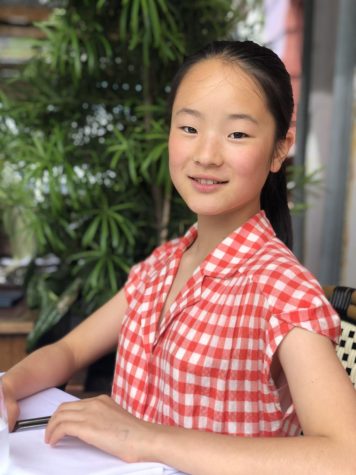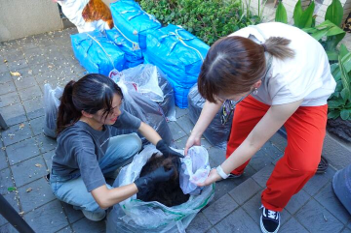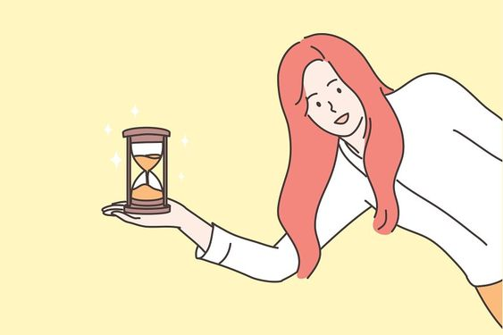Cheese Guy : Interview with a Cheese Maker in Okinawa, Japan
I recently had the opportunity to interview John Davis, well known as the ‘Cheese Guy’ in Japan. He makes cheese, butter and yogurt on his dairy farm and runs a cheese shop in Nanjo-shi, Okinawa. He told me about how he settled in his current cheese business as a person from the UK, and gave me interesting stories about his unique ingredients and considerations towards simple ingredients, against Japanese tasteless industrial dairy products full of chemical additives.
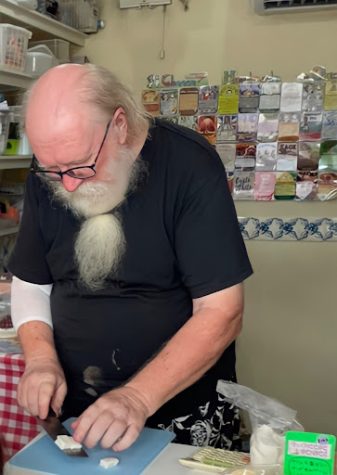
Journey towards the cheese business:
In the distant past before refrigerators were invented, in Europe, fresh meat was a ‘luxury’, a major source of protein for many was preserved milk. In a similar way, the main protein source for Japanese people was soybeans.
‘Just as a Japanese person would miss not being able to have soy products, a European would miss dairy products.’ John explained. However, over time, cheap substitutes of milk and soy-beans were also created. With artificial imitations and additives, the European dairy industry succeeded in creating a milk-like imitation, and similarly, in Asia, they created a soy-like substitute. People then started to miss real products which were so difficult to find . It was the same case for John, as a person from Britain.
‘At home, there was always cheese. If you felt hungry, you could go to the kitchen, cut a slice of bread and cut a slice of cheese and be satisfied.’
Cheese was part of John’s life, until he came to Tokyo in 1976, where he was shocked to find that the only cheese in Japanese supermarkets was processed cheese. Just as the years passed and good quality cheese was starting to appear in the market, in 2006, John moved to Okinawa, a small island in Japan, where he was once again confronted with the same problem. The selection was very poor, and there was no real cheese. John’s US military friends brought him presents of cheese from the bases. But John was sadly disappointed, the selection was certainly better than the supermarkets in Okinawa, but just a ‘little’ better.
‘So the answer to WHY I decided to make cheese was this. There was none. So I decided to make my own.’ John explained.
He read everything he could find on the internet and gathered books about cheese making, and he realised that the more he read, the more interested he became. John would go out on a ‘milk hunt’ where he would look for good quality milk that was sold at a cheaper price, as one of the hard difficulties John had to face was the high price of milk. He would make cheese everyday and repeat the same recipe for the same cheese, until he longer needed to look at the recipe. Then, he moved onto another cheese. His cheese making soon filled his entire refrigerator when one day his friend suggested having a ‘Cheese Night’ in his bar.
The Cheese Night was a success, and this helped John to turn his interest into a business. John was fortunate enough to find and meet up with a dairy farmer. During the meeting, John was overjoyed to find that the dairy farmer wanted to make cheese, but didn’t know how, just as John, who was in need of a source of good quality milk, didn’t know where to find it. It was not so long before they were making plans towards the business.
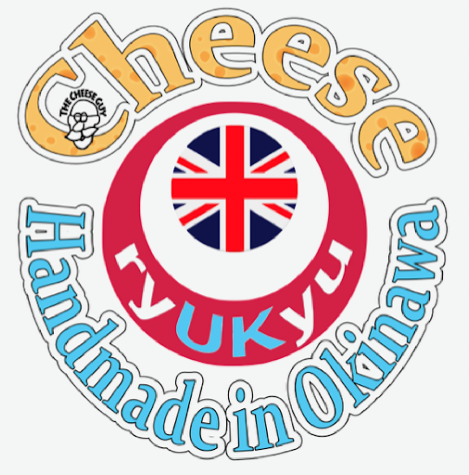
Okinawa and Cheese:
John explained why Okinawa is an excellent place to make cheese in Japan. The temperature range is very similar to the Mediterranean, and the high humidity also helps cheese encourage the production of mould, so important in cheese production. The milk in Okinawa is rich and creamy, but for some reason, John explained, there was never a cheese culture in Okinawa.
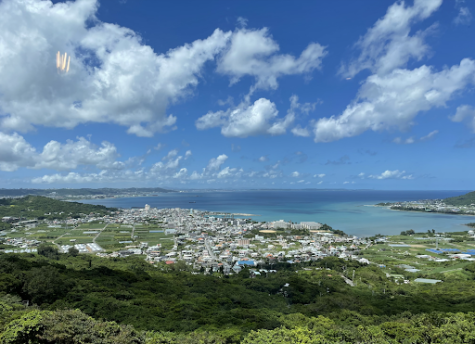
John asked himself, “If there had been a cheese culture in Okinawa, what kind of cheese might they have created?” He knew that Okinawans would definitely wish to make use of their unique and original herbs and spices. John believed that Okinawan cheeses should celebrate Okinawa, just as many other cheeses celebrate the place of birth by naming the cheese after the region where the cheese was born.
One of his cheeses which represents this concept clearly is ‘Churo Nanjo.’ It was named after the quiet agricultural region in Okinawa where John has his dairy farm, cheese factory and shop. The area has no cities nor nightlife, but is a peaceful, pastoral area, just like the cheese which may not be ‘exciting’ but holds a mild and comforting taste.
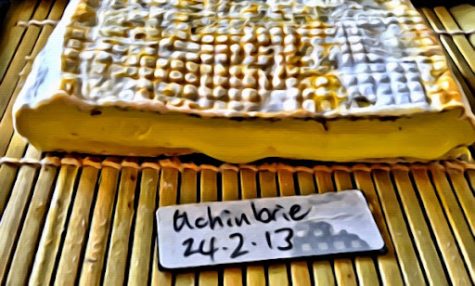
Considerations in making of cheese:
Once, a Japanese professor made a comment saying that John’s cheese needed to adapt to Japanese taste. John disagreed completely on this opinion. To create something REAL, opposed to the Japanese tasteless, characterless cheese was his goal in the first place. “Japanese people love our cheese. We don’t need to adapt it to Japanese tastes!” John said. It is so difficult to find real cheese that uses only natural ingredients in Japanese supermarkets. There are some excellent artisan cheesemakers in many parts of Japan, but what people find in supermarkets is mostly industrial cheese, mixed with bulk imported non-tariff cheese.
John also makes yoghurt, with one ingredient. Milk and milk only. His cheeses are made of milk only from cows from their dairy farm, which lives in a clean environment with enough rest, fresh water and food. John believes that cheese gives people comfort and relaxation when eaten, and theories that it reminds them of when they were taking their mother’s milk with love, security and calmness. He certainly uses no chemical additives and most of the herbs and spices he uses are obtained from the local area, many growing wild. His ingredients are unique, and represent Okinawa, for example, fuchiba (yomogi/mugwort), sakuna (chomeiso), goya (nigauri/bitter melon), shikwasa, etc.
John also takes a consideration towards rennet. There are two kinds of rennet, animal rennet and vegetable rennet, where animal rennet comes from the stomach of a baby cow or goat. This involves sacrificing a baby animal which is still suckling. John and his team find this very unnecessarily cruel. So, why use animal rennet when you have vegetable rennet that makes cheese equally delicious? Specifically, his cheeses use Chymax, which is made from fungus, and suits cheesemaking perfectly.
Learning from cheesemaking:
As he carried out his cheesemaking business, John learned many things. One of them is that cheesemaking is a therapy. It takes hours, days and months to make cheese.
‘It makes you prepare for the future and think ahead.’ John says that maturing of cheese could even take several years. During his cheesemaking, there are unexpected happenings, as you are handling a number of variables simultaneously. Often, the process could go very differently from the recipe, depending on factors such as when the cows were milked, what they were eating, and so on. ‘And so,’ John explained, ‘You have to observe what is happening in front of you and not just mechanically follow the recipe.’
‘The recipe doesn’t make the cheese, YOU make the cheese.’
In conclusion I asked John to give students who are thinking of starting a business a message.
‘Just do it. Do it the way that YOU want to do it, the way that makes sense to you. Some people are very successful with other people’s money. Some people do well with crowdfunding. Others get loans. These are not my ways, but I have seen people have a lot of success this way.’
‘The only limits we have are the limits we put on ourselves. I believe that we can do anything we put our mind to.’
Just like John started his business simply from his interest and by his hard work, he believes that people can do anything if they put their mind into it.
There are more than 22 unique cheeses sold by Okicheese. These include well known cheeses like cheddar and parmesan, but also deliciously unique cheese using Okinawa local ingredients, such as Shikwasa and Fuchiba. Okicheese also sells butter, which is creamy and rich in taste. All products are made with love and care, and do not include any additives or preservatives. For students in Japan, this is a great opportunity to taste REAL cheese rather than processed cheese in supermarkets. Cheese by Okicheese can be delivered to anywhere in Japan, by purchasing online: https://thecheeseguyinokinawa.com/shop/.
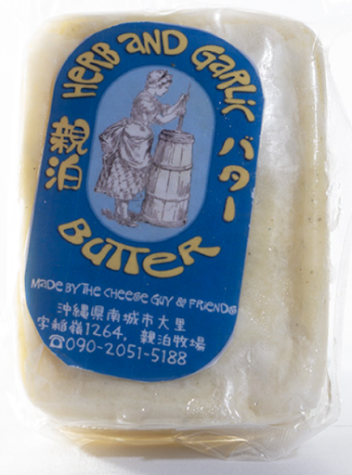
A big thank you to John Davis, for using your time in a busy schedule to answer these questions. The interview would not have been possible without your patience and kindness. To learn more about Oki cheese, you can visit their website: https://thecheeseguyinokinawa.com.


